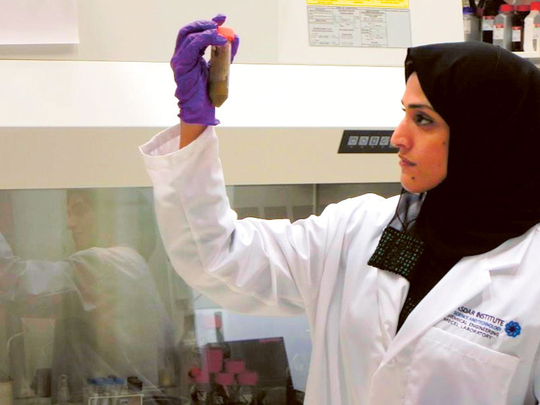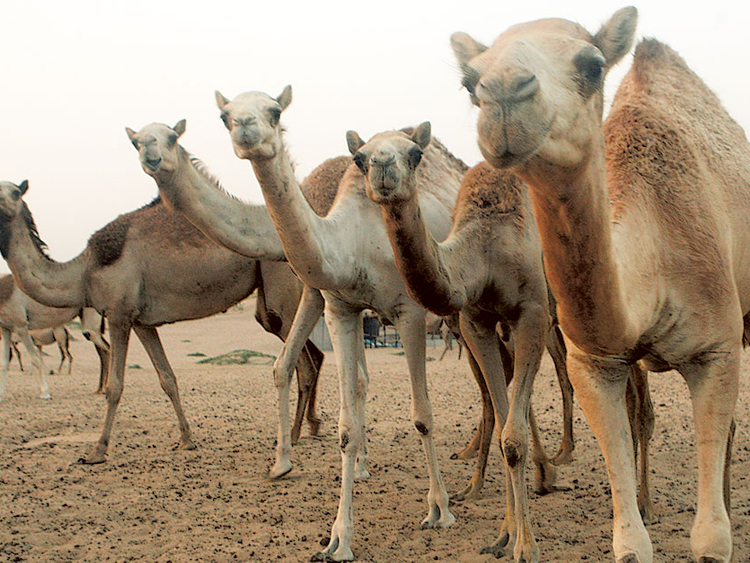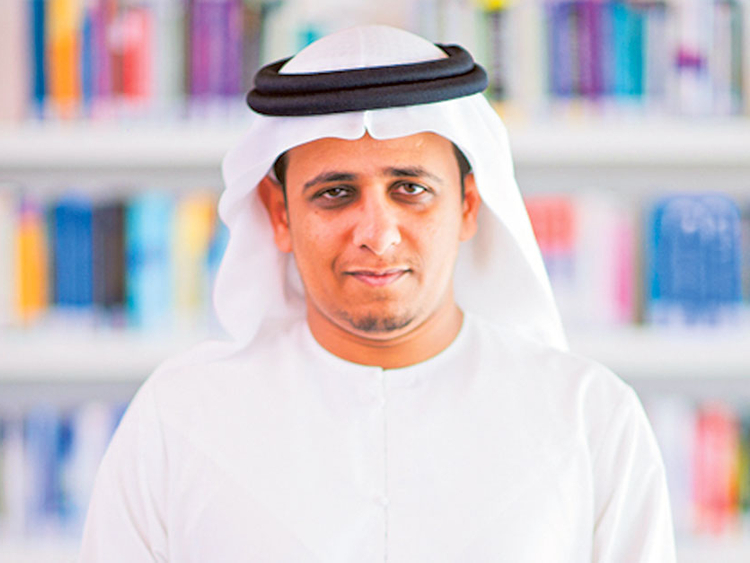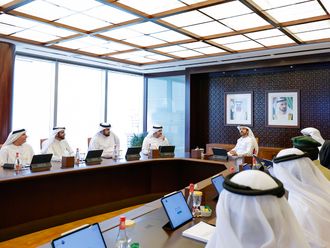
Abu Dhabi: Emirati students at Masdar Institute of Science and Technology are playing a key role in the UAE’s water, food, and environmental security thanks to their innovative research.
The PhD candidates, Ahmad Al Harethi, and Alya Al Tunaiji, are part of separate leading projects at the institute and have already been lauded for their work. Al Harethi is involved in the study and exploration of microalgae strains in the UAE, and was awarded with the Medal of Top Emiratis by the UAE Cabinet last year.
“My research is looking into new strains of microalgae in UAE’s desert that can be used as a natural resource for food protection, water security, and sustainable energy production,” Al Harethi told Gulf News.
Microalgae are unicellular organisms that are usually found in freshwater and marine systems, and are capable of performing photosynthesis, Al Harethi said.
“They are believed to be the source of 50 per cent of the oxygen we breathe,” he added. “They recycle more carbon dioxide than all the forests combined, and are the first link of the aquatic chain of life, the base of the food pyramid in the sea.
Al Harethi explained that one key area the new strains of algae can be applied to is for the protection of the UAE’s fish stocks.
“We already use algae as a source of food for fish farms, but since only around 30 strains of microalgae are suitable for aquaculture feed, we will need to find new local variants of such strains in our environment,” he said.
The new strains of microalgae would bring several benefits, Al Harethi explained. “They will help avoid the introduction of foreign invasive strains that can negatively impact the natural ecological balance in our environment. This will save our reserves of wild fish and will be a big help to the local aquaculture industry.
“We have lost a large number of fish populations in the Arabian Gulf and many others are faced with extinction. So I think aquaculture fish farms are very important to the UAE, and in the next 10 years, I can see a big growth in the aquaculture industry in the country,” he continued. The microalgae strains can also help with sustainable energy growth by producing several different types of biofuels, Al Harethi said (see box).
Alya, meanwhile, is involved in a project that identifies the microscopic living organisms (microbes) in the digestive system of camels. These microbes can then be used to break down waste into other products.
“In most countries, they use microbes from cows to break down waste. However, cows require a lot of grass areas as well as water. So we wanted to find new microbes from an animal that would require less energy and water consumption and we found this when we studied the camel,” she said.
“The research told us that camel microbes can break down organic waste into things like biofuels, biogas, and fertiliser,” Alya added.
She explained the process of waste break down by microbes: “Organic matter contains sugars such as polysugars. The microbes release enzymes that break down polysugars into amino and fatty acids; these acids can be used in chemical production industries.”
“Microbes such as yeast can also convert monosugars to ethanol. Moreover, bacteria can convert the fatty acids, sugars and amino acids to methane and hydrogen,” she continued.
Alya explained that microbes extracted from camel’s gut can also be regrown in labs. As a result, the UAE can export these microbes to other countries to use for breaking down waste.
Several industries in the UAE can also benefit from using camel microbes, including the food and agricultural industries. “Waste management is an important issue for the UAE, and with this research, we can use the waste and convert it into high-value products that can be later sold. So firstly, we are solving the issue of what to do with waste, and then adding an environmental and economic benefit to it,” she said.
Nurturing fish
1. As the first link in the food chain, microalgae are a vital source of energy. They convert sunlight into the chemical energy that is utilised by all aquatic life forms.
2. Microalgae provide important metabolites that are necessary for the health of higher life forms that non-algal sources can’t provide.
3. They provide a suitable amino-acid profile preferable for fish over non-aquatic feed sources.
Ensuring water security
Microalgae can be used in wastewater processing plants. They can be utilised for saline sewage water treatment since other processes are sensitive to salinity. Microalgae also efficiently draw heavy metals from wastewater.
For sustainable energy production
Microalgae, if considered as plants, are the fastest growing plants in the world. Their oil yields are much higher than any other crop known to us. Many biofuels could be produced from microalgae such as biodiesel, bio jet fuel, biogas, and biohydrogen.
Microalgae produce approximately half of the atmospheric oxygen and use the greenhouse gas carbon dioxide to grow.














